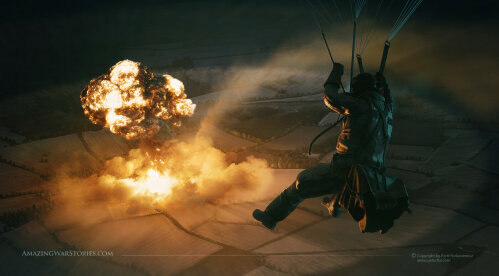The Maldon Viking Sword
The Battle of Maldon has rightfully earned its place in history as one of the most significant battles to take place in the early medieval period. The clash between the armies of Brihtnoth, the Eardorman of Essex, and the Viking forces led by Svein Forkbeard, marked a turning point in the long-standing conflict between the Vikings and the Anglo-Saxons.
While Battle of Maldon is still shrouded in mystery and the exact location is still unknown what we do know comes from an Anglo-Saxon poem, the Battle of Maldon, and the Norse Sagas, both of which are assumed to have highly skewed narratives – the equivalent of propaganda content created at that time. Whatever really happened at the battle which ended in Anglo-Saxon defeat, one thing is for certain, it also left us with a lasting symbol of warrior spirit and honour – the Maldon Viking Sword.
This locally found Viking sword is believed to be of the type that would have been used by Viking warriors during the Battle of Maldon in AD 991. Whether this sword was actually used in the battle we don’t know, but it seems very likely it was. The sword is very functional compared to the more ceremonial swords that have been found in other more famous Viking burial grounds, indicating that it was more of a soldiers weapon.
High status swords often feature a deep, fuller pattern-welded blade, which was a popular trend during the Viking Age. Pattern-welding was a technique used by Viking swordsmiths to create visually stunning and durable blades, by folding and twisting multiple layers of iron and steel. Not so with this sword, which is expertly crafted but vary basic in its design. Another clue to its heritage comes from the end of the handle, which features a typical triangular pommel, a common feature of Viking swords during this period.
The Maldon Viking Sword is remarkable artefact not just because of it’s rarity, but also because the story behind it is a truly British one, a symbol of the warrior spirit that once drove the Anglo-Saxons to face their enemies head-on. It’s a reminder of the sacrifices made by Brihtnoth and his Housecarls (the professional warriors of his household) in the name of honour and duty.
The legend states the Danish King Svein Forkbeard landed with 4,000 men in 93 ships at the Isle of Northey, linked to the mainland of Maldon by a causeway at low tide. Forkbeard ‘At once sent word to Brihtnoth that they had come to avenge’ those killed in a previous raid and would regard him ‘a coward if he would not dare to battle with them’. Maldon was home to a Royal Mint and so was an attractive target for the Vikings.
Brihtnoth duly arrived at the causeway with his Army of Housecarls, the professional Warriors of his household, and the Fyrd, a locally raised levy of men he prepared to give Battle to the Vikings. Whilst waiting for the tide to drop they exchanged insults across the causeway, the Vikings demanding money to withdraw. Brihtnoth replied ‘For tribute they will give you spears, poisoned point, and ancient swords. It seems to me too poor a thing that you should go with treasure unfought to your ships , now that you have made your way thus far to our land’.
Only three of Brihtnoth’s Warriors were required to defend the narrow causeway against the larger Viking force, creating a stalemate. However, Brihtnoth, perhaps wanting satisfaction, made the error of allowing the Vikings across the causeway so that they could do battle. The Saxons formed a shield wall and the Vikings attacked in a wedge formation.
Brihtnoth fought with the Housecarls in the centre of the line. Defeating two Vikings, He was wounded five times, the last blows being a serious Javelin wound, then a blade cut to his sword arm. Sinking to the ground he shouted aloud ‘I thank thee, Ruler of Nations, for all the joys I have met with in this world’. ‘Before the heathen wretches cut him down’. Upon their leaders death, the Fyrd fled leaving Brihtnoth’s Housecarls making a desperate last stand around their fallen leaders body, ‘to avenge the one they loved’.
The Saxon Warriors inflicted such high casualties to the Vikings before their deaths, that the Vikings did not attack Maldon and ‘could scarce man their ships after the Battle’. However, despite their valiant efforts the Battle was lost with a large number of the Saxon nobility and professional Warrior class killed. Brihtnoth has been immortalised as a heroic failure, and the bravery of his Housecarls dying around his body has been used as an example of English grit to this day.
So, as you can see, the Maldon Viking Sword is not just a weapon, but a symbol of the warrior spirit that once drove the Anglo-Saxons and the Vikings to face their enemies head-on. Its simple blade and triangular pommel are testaments to the skill and craftsmanship of Viking sword-makers, if you have the time you should definitely go and visit it at its home in the Combined Military Services Museum in Maldon – details of how to find it are on our military museum map finder.





